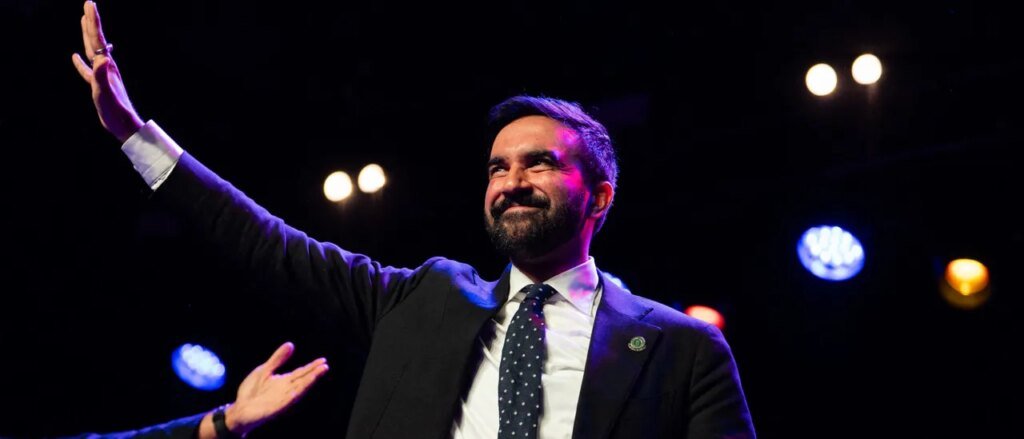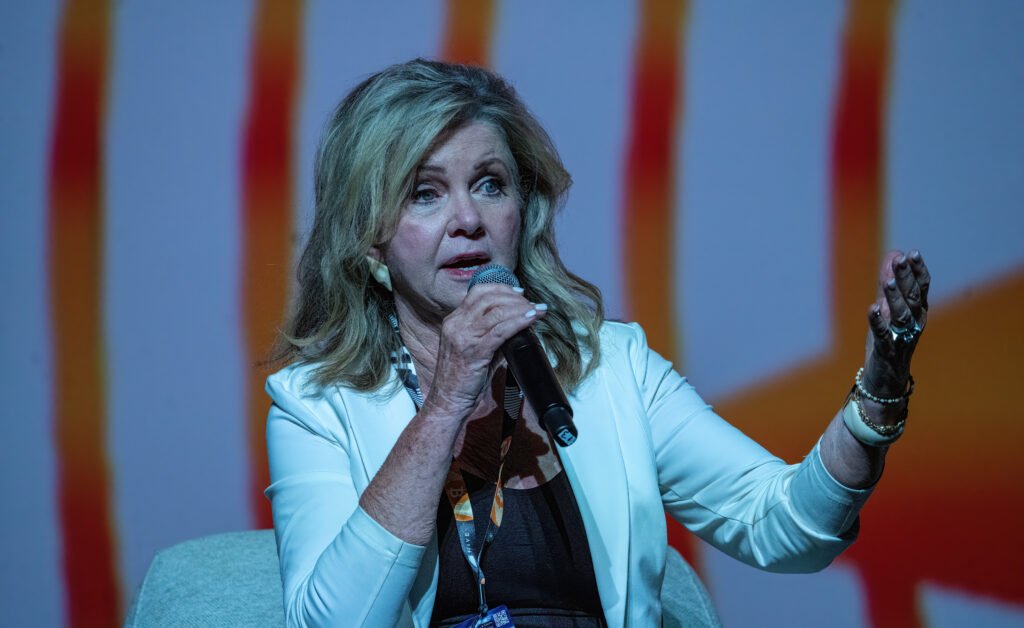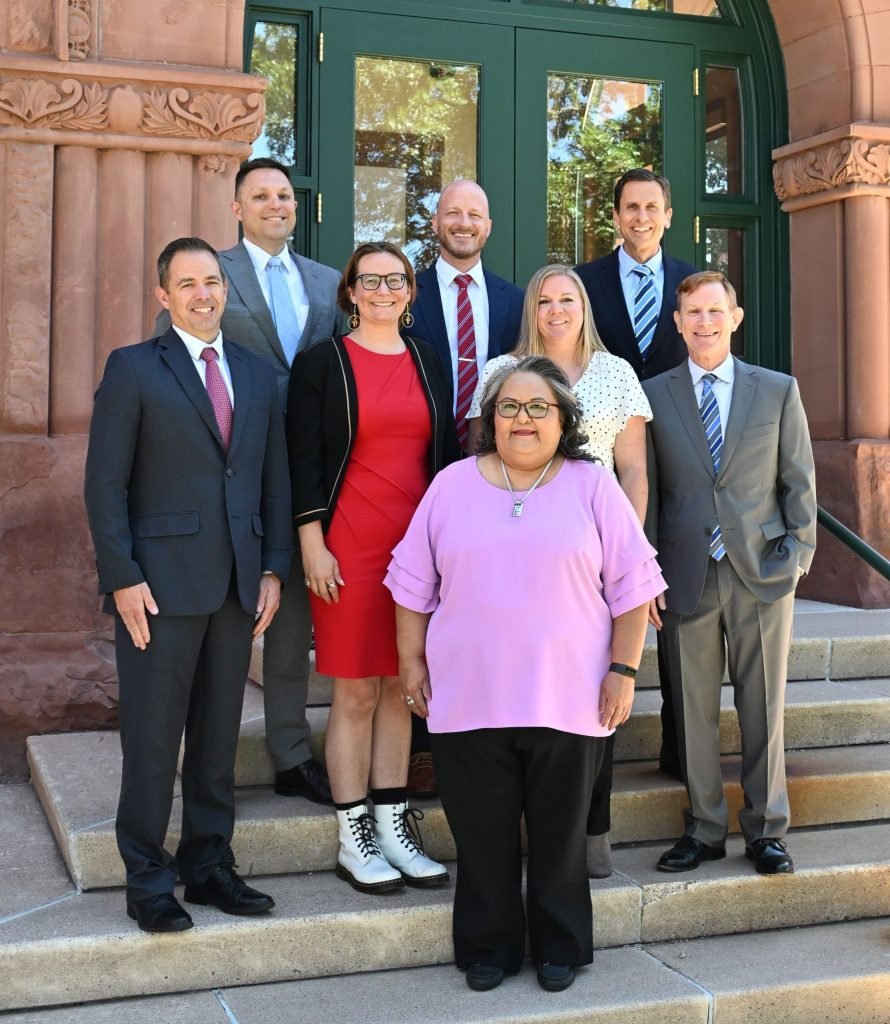Reflections on John Lindsay and Modern Parallels
Back in the summer of 1965 and again in 1969, New York City found itself with a young mayoral candidate who captured the nation’s attention. When John Lindsay took office, things took a turn for the worse for the city. Now, sixty years later, we see another candidate who could lead to similar outcomes.
Before his time as mayor, Lindsay was a notably liberal Republican in Congress. He famously stood out by opposing legislation that allowed the mailing of obscene materials and even resisted intercepting mail from Communist nations.
In the 1965 mayoral race, Lindsay faced Democratic candidate Abraham Beam and conservative William F. Buckley. Shortly after winning, he encountered a significant transportation strike and struggled to confront public unions decisively. This marked the beginning of a puzzling administrative approach, which included bizarre decisions like adjusting city employee salaries. As crime rates climbed, tensions with the Jewish community in NYC grew.
By 1969, Lindsay had shifted dramatically, losing his Republican nomination but managing to get re-elected through a fragmented opposition—he ran as a Liberal candidate amidst a somewhat conservative Democrat and a Republican opponent, all of whom divided the vote.
Much like Zohran Mamdani today, Lindsay was active in various neighborhoods and races, making notable appearances. He is remembered for walking through Harlem after Martin Luther King’s assassination, which helped quell riots similar to those in Newark and Watts, though he didn’t achieve much else towards racial harmony.
His slow responses during crises, like snow removal in Queens, didn’t endear him to constituents. Lindsay’s open enrollment policy nearly doomed the City University of New York system.
While he genuinely believed in his liberal ideals, his ambitious leftist ideology set him apart from more moderate leaders like Ed Koch. During his second term, the city’s finances were strained by a surge in government positions and social programs. By the time he left office on December 31, 1973, New York was on the brink of bankruptcy.
Eventually, Lindsay found himself in financial trouble after his attempt to revive his political career in the 1980 Senate race fizzled. In the mid-1990s, Mayor Rudy Giuliani had to step in, offering Lindsay several part-time city roles to help secure him a pension.
Passing away far from New York, he is often regarded as one of its worst mayors, if not the worst.
As for Mamdani, while he may win the mayoral seat, it’s hard to envision him advancing to a higher office. The real concern is the potential harm that cities may face under his leadership. He might just overshadow Lindsay’s legacy in that regard.
Mamdani’s path to victory appears more favorable than what Lindsay faced during his 1969 re-election, particularly given the current political landscape. His main challengers include Mayor Eric Adams, Andrew Cuomo running as an independent, and Curtis Sliwa as a Republican. The New York City voter base complicates matters, making it tough for any anti-Mamdani candidate to emerge victorious.
If candidates don’t set aside their egos and unite against him, the city could repeat its historical missteps, akin to those in 1965 and 1969, potentially Doomed to endure another four challenging years until the next election in 2029. Unfortunately, any fallout from Mamdani’s tenure may take generations to correct, echoing the legacy of John Lindsay.







